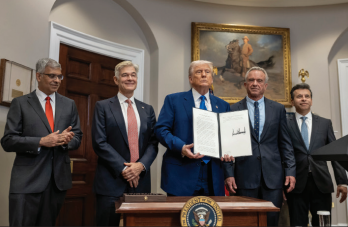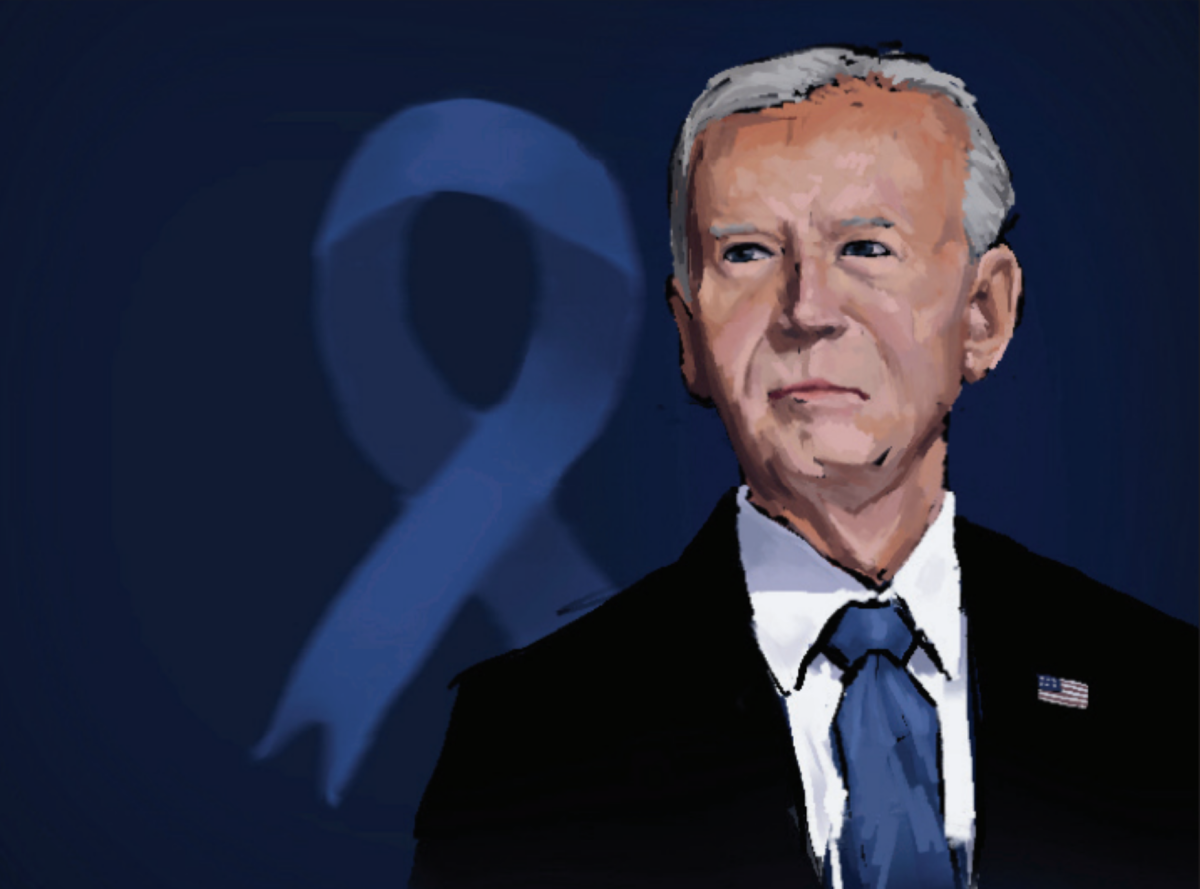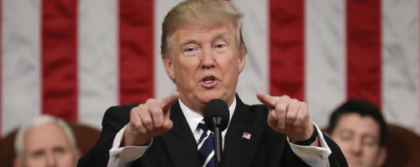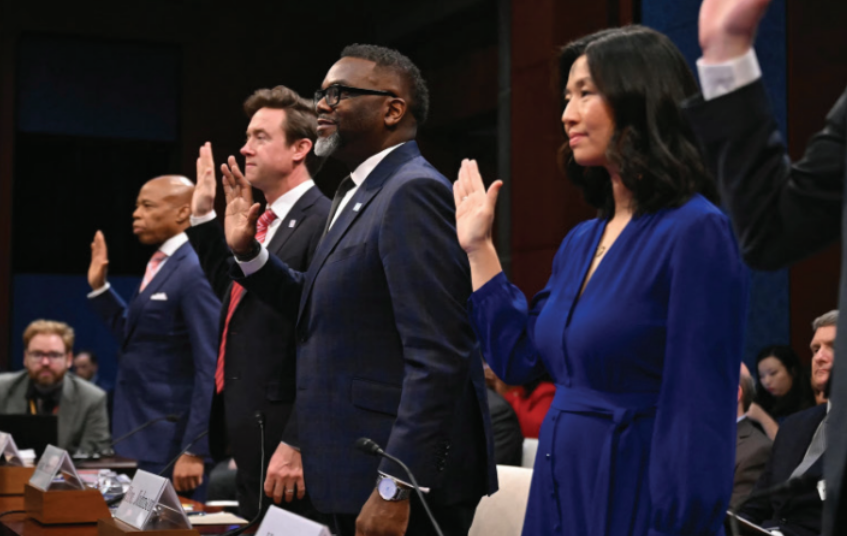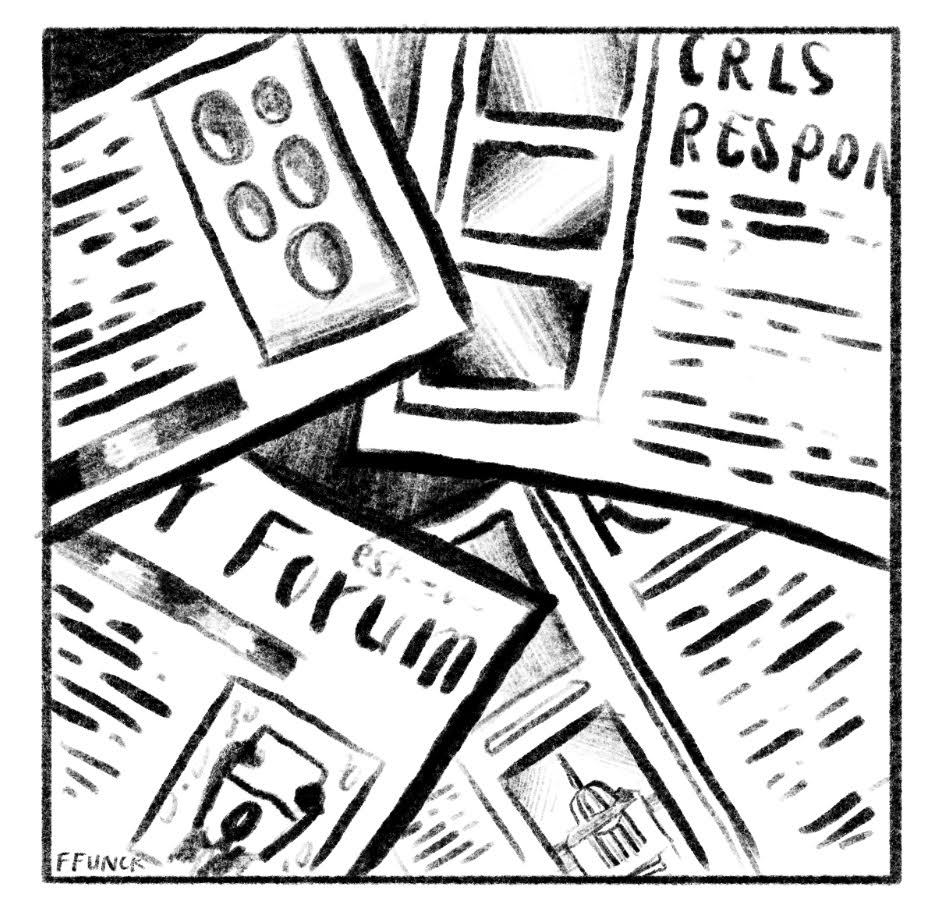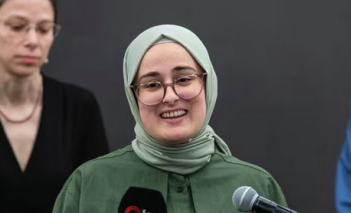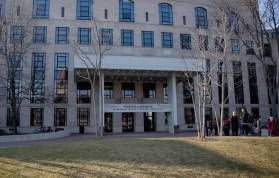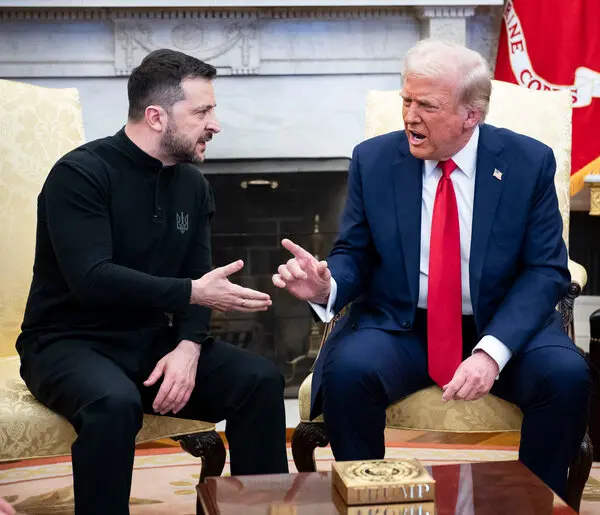
On February 28th, 2025, a highly anticipated meeting between US President Donald Trump and Ukrainian President Volodymyr Zelenskyy took place in the Oval Office. The meeting, intended to strengthen US-Ukraine relations and discuss critical issues—including future military aid for Ukraine—unexpectedly devolved into a heated exchange between the leaders, shedding light on President Trump’s implications for US-Russian relations.
The meeting began with discussions centered on a proposed agreement that would allow US access to Ukraine’s rare earth minerals, vital for various technological applications. However, tensions escalated when Trump and Vice President JD Vance criticized Zelenskyy for what they perceived as insufficient gratitude for US support and a reluctance to engage in peace negotiations with Russia. The conversation intensified, with Trump accusing Zelenskyy of “disrespecting the United States.” The meeting ended abruptly, without any agreements signed.
The fallout from the meeting was swift and widespread. European leaders expressed strong support for Zelenskyy, emphasizing the importance of unity in the face of Russian aggression. UK Prime Minister Keir Starmer criticized Russian President Vladimir Putin’s response to a proposed peace plan, labeling it as “not good enough,” and underscored the need for continued military support to Ukraine. In contrast, Russian officials praised the outcome of the meeting, interpreting it as a diplomatic win for Moscow. Russian state media highlighted the confrontation as evidence of a rift between the US and Ukraine, potentially weakening the Western alliance against Russia. Crucially, because the US did not approve a new weapons deal for Ukraine, Putin and the Kremlin felt emboldened by America’s lack of support for Ukraine. Pro-Kremlin commentator Sergei Markov suggested Moscow could agree to a truce if Ukraine’s allies halt arms supplies. Another Moscow wish is a presidential election in Ukraine, which would be possible after Ukraine lifts martial law. “Peace would allow Russia to influence Ukrainian politics and use peaceful means to ensure friendly relations,” Markov said.
The incident has significant implications for US-Russian relations. Trump’s confrontational stance towards Zelenskyy and the subsequent suspension of military aid to Ukraine signal a shift in US foreign policy. Russia could perceive this move as a weakening of US support for Ukraine, potentially emboldening Russian actions in the region. Moreover, the internal dynamics within the Trump administration, particularly the influence of figures like JD Vance, who has expressed skepticism about US involvement in Ukraine, suggest a re-evaluation of America’s role in Eastern Europe.
The abrupt end to the Trump-Zelenskyy meeting has introduced uncertainty into the future of US-Ukraine relations. The lack of a clear path forward seems to hinder efforts to negotiate a lasting peace in the region. Additionally, the perception of a divided Western front could be exploited by Russia to further its geopolitical objectives. In response to these developments, European nations have reaffirmed their support for Ukraine, with plans to convene military leaders to discuss securing a peace deal. The international community’s stance in the coming weeks will be crucial in determining the balance of power and the prospects for peace in Eastern Europe.
This article also appears in our March 2025 print edition.


